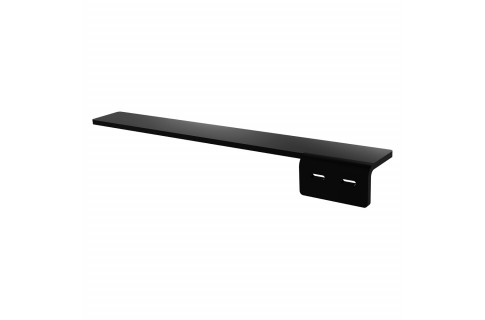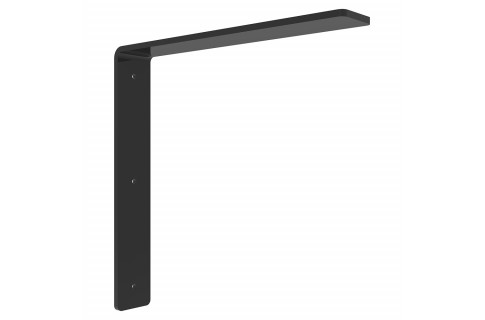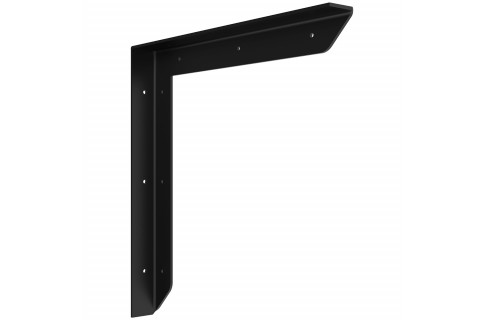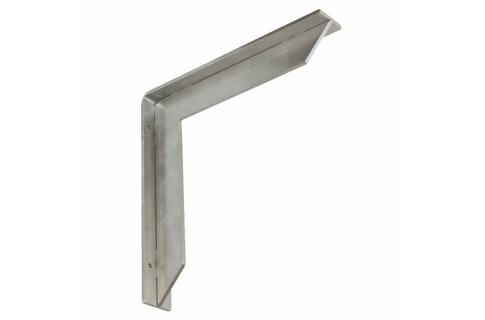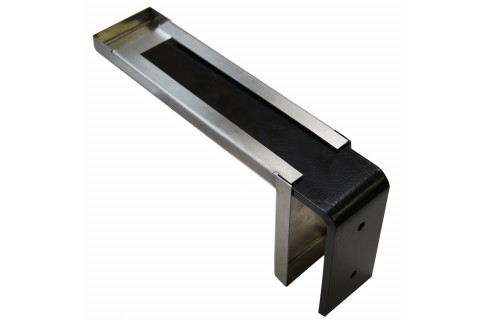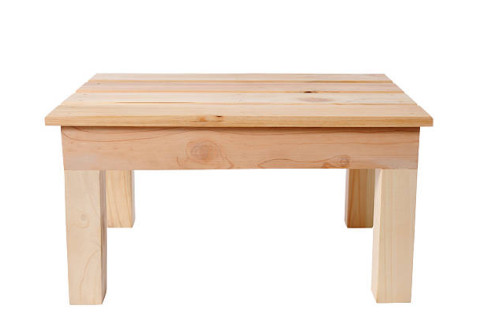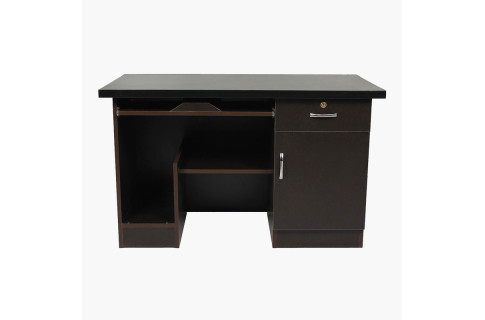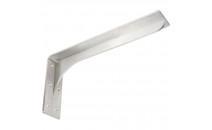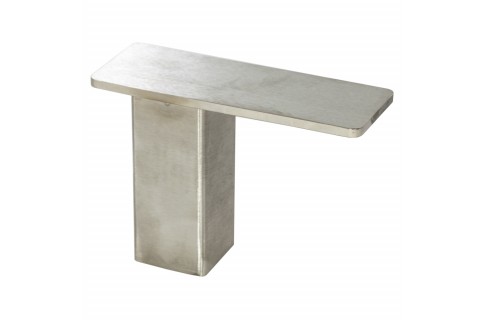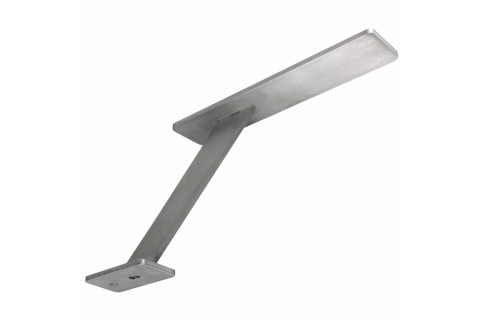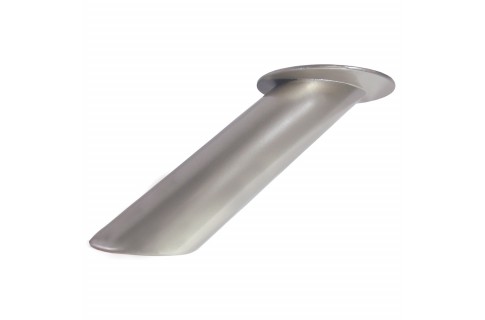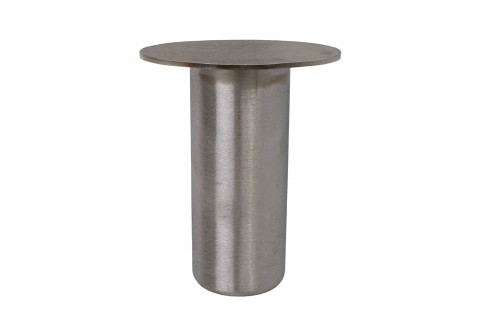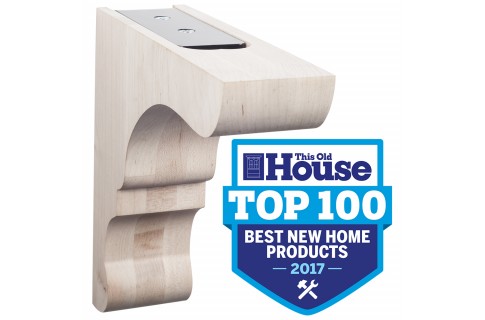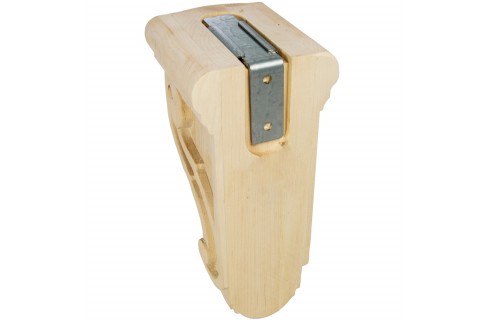Living in Place
What is “Living in Place”? Previously known as “Aging in Place”, Living in Place (L.I.P.) is a term used to describe a person living in the residence of their choice -- for as long as they are able -- as they age. This includes access to any services or support they might need over time as their needs change.
Creating living space easily accessible to aging residents is trending in multi-family 55+ communities. This universal design attracts/maintains residents as their lifestyle needs advance.
Most senior cooperative housing communities are corporations. Residents own the building & land collectively with the other residents. Residents buy stock in this corporation & become shareholders. Stock is prorated in value based on the size (square footage) of the home/apartment. Senior co-ops are operated as non-profits, & housing can be available in all forms:
Typical services for senior cooperative housing include resident managers, maintenance/housekeeping of common areas & home appliances,
The ability to live in one’s own space/community safely & comfortably requires attention to detail at the construction level. Senior cooperative housing communities are built to meet or exceed ADA standards. Look for 60” wide clearances for a 3-sided or U-shaped kitchen that will allow for sufficient wheelchair access. Doorways & hallways will be wide enough to
10,000 people a day are turning 65 & all Baby Boomers will hit that milestone by 2030. Aging baby boomers will represent a larger share of growth in the cooperative housing market, which will dictate how the industry continues to serve the senior resident market moving forward. The rise of multifamily cooperative housing options for those 55+ allows for more emphasis on simple functionality & quality of







